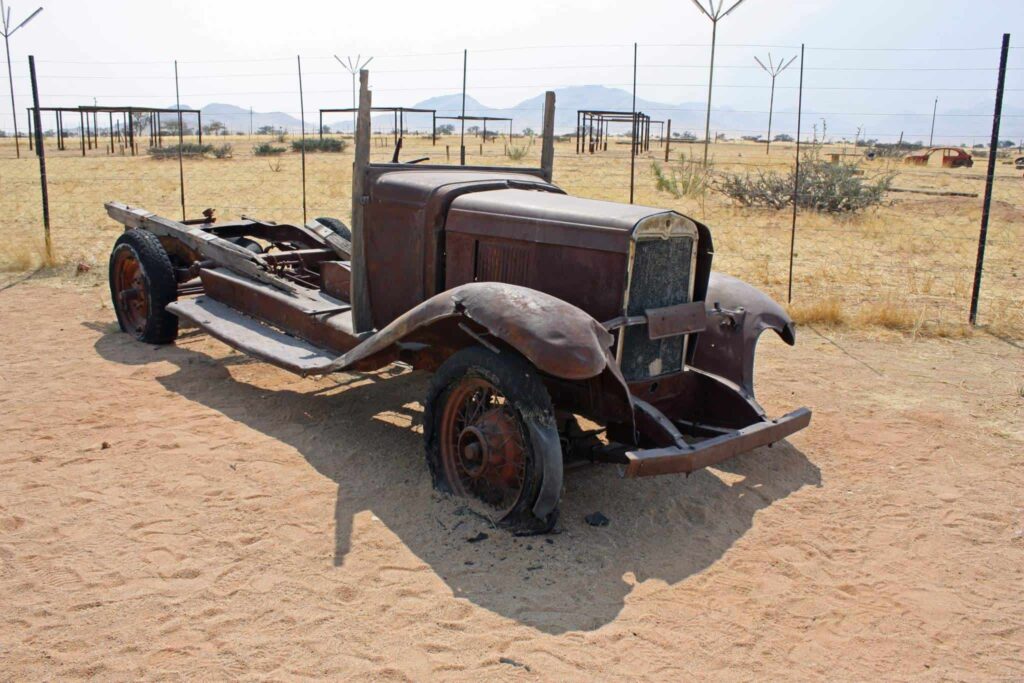22 December 2019 Concept Car
The used car market is exploding. So it was to be expected that used car problems would rise, too. That said, buying second hand these days does not need to be an inferior experience. In fact, many older cars can feel almost like new. And they will often safely reach 150,000-200,000 miles without major repairs. Still, when opting for a used car, you will need to factor a little more wear and tear into your budget.
In this overview, we want to inform you about the most common used car problems. This should help you filter out the important issues of a used car from the less important ones. In the end, you will never be able to totally rule out any defects. What you can do, however, is to at least prevent as many nasty surprises as possible.
As of October 2015, legislation for car purchases in the UK has changed. In many respects, it has improved your rights and shifted more responsibility towards dealers.
It does not give you a wild card, however, to ignore potential problems.
Under this new Consumer Rights Act, you are entitled to reject the vehicle you bought within 30 days. This gives you a more than acceptable time frame to discover defects you did not spot when inspecting the car at the dealership. It also gives you time to see how the car behaves in a more realistic day to day driving environment.
Once the 30 days have expired and you detect a defect, you can no longer simply return the car. But you may still be able to get a repair. If you can reasonably assume the problem was there at the time of purchase, you can ask for a free of charge replacement or a repair.
This sounds great on paper. Be advised though, that there are limits to the Consumer Rights Act, as Citizens Advice have pointed out. The dealer does not need to take responsibility for your used car problems, if
Clearly, then, the Consumer Rights Act has improved a lot for the better. But it has not relieved you from taking a good look.
To avoid costly mistakes, it helps a lot to know which potential problems of a used car arise more often than others. A still fairly recent article by leading car magazine Auto Express lists the ten most common used car problems:

The above mentioned used car problems can affect any car you’re interested in. As soon as you start taking really old cars into consideration – meaning, older than ten years and/or with more than 100,000 miles on the odometer – there are some additional potential issues you should be aware of.
The following list was compiled by website fiix:
This is because even minor defects at the time of purchase can quite quickly combine into major problems. This is one of the reasons why it can sometimes pay off to have a mechanic perform a vehicle inspection prior to purchasing a used car.
Obviously, there are some things you can do yourself to reduce your chances of buying a lemon. Even with an untrained eye, you should be able to detect quite a few of the above mentioned issues.
To test the gearbox and brakes, simply take the car for a test drive. Submit these parts to a diverse set of realistic tests: Drive the car uphill, speed up quickly, take a fast brake etc. This should help you spot any issues quite quickly.
The electrical system may be a little harder to assess in detail. What you can do, however, is to simply turn on all electrical devices and check if they are working properly. This won’t rule out potential issues entirely. But it will at least provide you with useful information on the current status quo.

Battery and alternator problems typically manifest through long ignition phases. I.e. the car will take a long time to start up. Issues with the exhaust system don’t require a degree in car mechanics either. The colour of the exhaust fumes can indicate what potential issues the car has:
Fluid leaks are a surprisingly frequent cause for disputes between drivers and dealers. You should definitely take a look underneath the car. But for smaller leaks, assistance from a trained mechanic will be helpful.
Belts and hoses will show physical signs of use, which you should be able to detect simply by opening up the hood and taking a look at them.
It goes without saying that the more you know, the more you should be able to spot used car issues before they turn into a veritable reason for a repair. Organisations like Consumer Reports have therefore compiled reliability reports. These contain the most important facts about the majority of models currently available on the market. They mostly combine statistical data about the frequency of repairs with hands-on test drive experience. Studying these before setting foot in a dealership will provide you with an excellent overview of which models to prefer over others.
In addition, as soon as you’re in the last stages of the buying process, spend the few Pounds it costs to obtain a car history. Although it is by no means a guarantee you won’t encounter any problems with your used car, it has the advantage that it provides you with concrete information about the car at hand.
Car website jalopnik has published a humorous and informative article against the frequent shaming of car dealers. You can read it for yourself here. Although we don’t agree with everything here, it does help to understand that a used car will naturally experience more problems than a new one. As long as you inform yourself well and factor that into your buying considerations, you won’t just reduce your chances or expensive repairs – but the risk of ending up disappointed as well.
22 December 2019 Concept Car